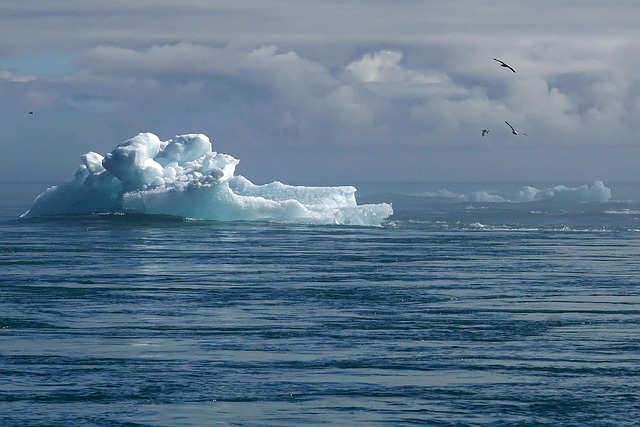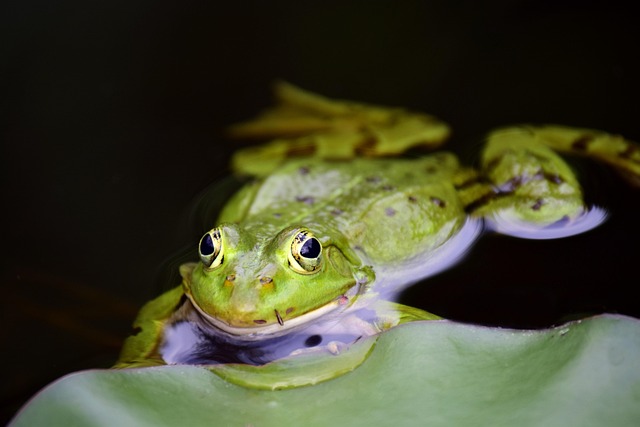
Unraveling the Tragic Mystery: Mass Death of Amphibians in Nature
In the rich tapestry of nature, amphibians have always played a unique role. These remarkable creatures, often seen as a bridge between land and water, showcase an incredible diversity of species and behaviors. However, a tragic mystery has emerged, sending ripples of concern through the natural world: the mass death of amphibians.
As we explore the delicate balance of ecosystems, the alarming decline of amphibians serves as a poignant reminder of the fragility of life. From the vibrant colors of poison dart frogs to the haunting calls of tree frogs, these animals are not just biological indicators; they are integral members of their environments. Their presence contributes to the intricate web of biodiversity, and their absence is felt deeply in the ecological communities they inhabit.
Scientists and conservationists have been grappling with the causes behind the mass death of amphibians, and the findings are as disturbing as they are enlightening. Factors such as habitat destruction, climate change, pollution, and emerging diseases like chytridiomycosis are combining to create a perfect storm. These interconnected threats jeopardize not just amphibians but the integrity of ecosystems as a whole.
The plight of these silent creatures doesn’t just affect their own species; it echoes through the animal kingdom. Amphibians play a crucial role in controlling insect populations, serving as prey for many larger animals, and even helping to facilitate nutrient cycling in their habitats. Their decline raises critical questions about the health of our planet. Are we witnessing a broader ecological collapse?
Nature beckons us to recognize the beauty in the creatures that share our world. Yet, we often turn a blind eye to the struggles of those seemingly lesser animals, the ones that don’t always capture headlines but are just as vital. The mass death of amphibians forces us to confront these uncomfortable truths. They remind us of our responsibility as stewards of the Earth, urging us to take action before it’s too late.
As individuals, we can contribute to their protection by advocating for conservation efforts, reducing our ecological footprint, and educating ourselves about the challenges faced by amphibians in their natural habitats. By fostering a deeper appreciation for the interconnectedness of all living beings, we can strive to create a more harmonious existence with nature, honoring the fragile beauty that amphibians represent.
The message is clear: the plight of amphibians is not just an issue for biologists and conservationists. It is a call to action for everyone who cares about the future of our planet. Together, we can uncover the mysteries surrounding their tragic fate and pave the way for a future where all creatures thrive in vibrant ecosystems.



